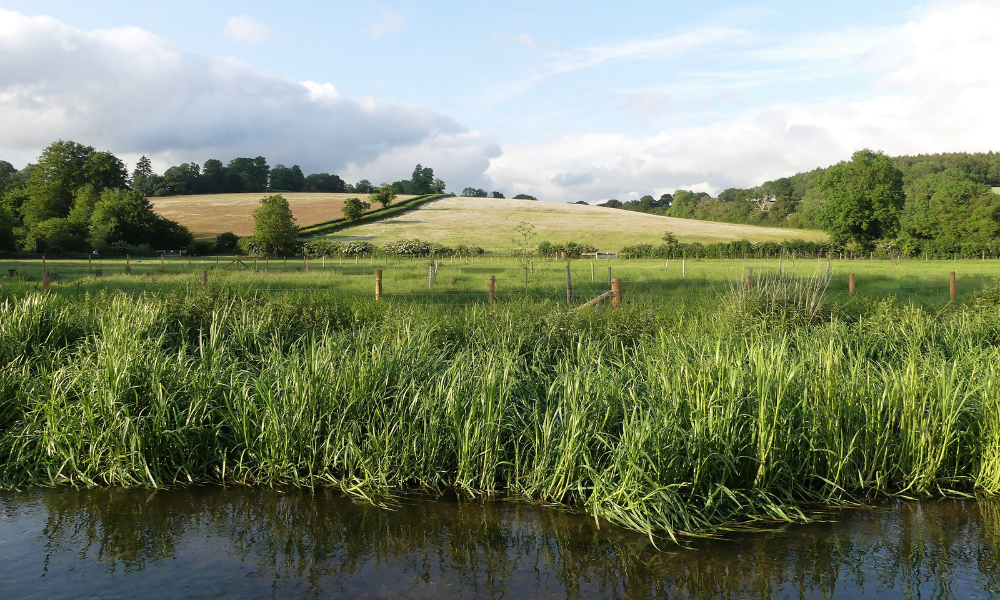
The EIA Directive requires that an Environmental Impact Assessment (EIA) is carried out before development consent is granted for projects likely to have significant impacts to the environment.
The EIA Directive refers to: Council Directive 85/337/EEC on the assessment of the effects of certain public and private projects on the environment; as amended by Council Directive 97/11/EC and Article 3 of Council Directive 2003/35/EC. The EIA Directive is implemented in England and Wales by the Town and Country Planning (Environmental Impact Assessment) Regulations 2011.
Prior to submitting a planning application, a developer may ask the Local Planning Authority (LPA) and other appropriate consultees for their formal opinion, a "Scoping Opinion", on the information they intend to submit in an Environmental Statement (ES) to satisfy EIA requirements. The scoping opinion response allows a developer to be clear on what will be considered the main effects of the development, and therefore, the topics on which the ES should focus.
In relation to discussions on requesting a Scoping Opinion and the subsequent preparation of an Environmental Statement, BOLD provides the following services:
Scoping Opinion
- Technical input and liaison with the EA, Local Authority or other consultees on technical issues, including: geology, groundwater, environmental risk assessment, site preparation, contamination, remediation, construction, and Construction and Environmental Management Plans (CEMP).
- Attendance at informal scoping meetings with consultees.
- Advice on the Scoping Opinion outcome and development of an Environmental Statement.
Environmental Statement (ES)
- Technical Input to ES Chapter(s) on Land Quality & Construction (on topics listed below).
- Project Management. Collation, structuring, and presentation of chapters on Land Quality & Construction.
Dependent on your overall requirements; BOLD is able to free up your time by taking on the Project Management of individual ES Chapter(s) on Land Quality & Construction, including liaising with other consultants contributing to the relevant chapter(s).
Technical Topics covered by BOLD in relation to Land Quality & Construction:
- Geoenvironmental Setting & Appraisal (Phase 1 Non-intrusive Site Investigation)
- Existing Ground Condition (geological data and considerations)
- Brownfield (contamination) legacy
- Site Preparation (including, if required, details for pre-construction site investigation)
It may be anticipated that a Planning Condition requiring a pre-construction site investigation will be requested. If so, outline details would be provided in compliance with National Planning Policy Framework (NPPF, updated 2023) and accompanying technical guidance; BS5930:1999 Amendment 2 (2010); BS10175:2011; Land Contamination Risk Management (LCRM) (2020, updated 2023). - Remediation Plan
- Recycling / Waste Removal
- Construction Methodology
- Impact of Piled Foundations (if necessary)
- A draft Construction Environmental Management Plan (CEMP)
The draft CEMP would include the following sections:- Planning and organisation procedures
- Site induction, Training and Competence
- Environmental Protection Measures
- Incident Management
- Corrective and Preventative Action
- Environmental Inspection, Reporting & Auditing
- A qualitative Risk Matrix for all receptors. To include Receptor Sensitivity, Nature of Impact, Mitigation and Residual Significance.
A qualitative Risk Matrix would be completed for all receptors such as Site Workers, Surface Waters, Groundwater, Soils, Flora/Fauna and the Built Environment. The Risk Matrix would be completed for Site Preparation, and Construction / Operation Phases of the development.
For an informal discussion or advice regarding your development and EIA requirements please feel free to give BOLD a call.
